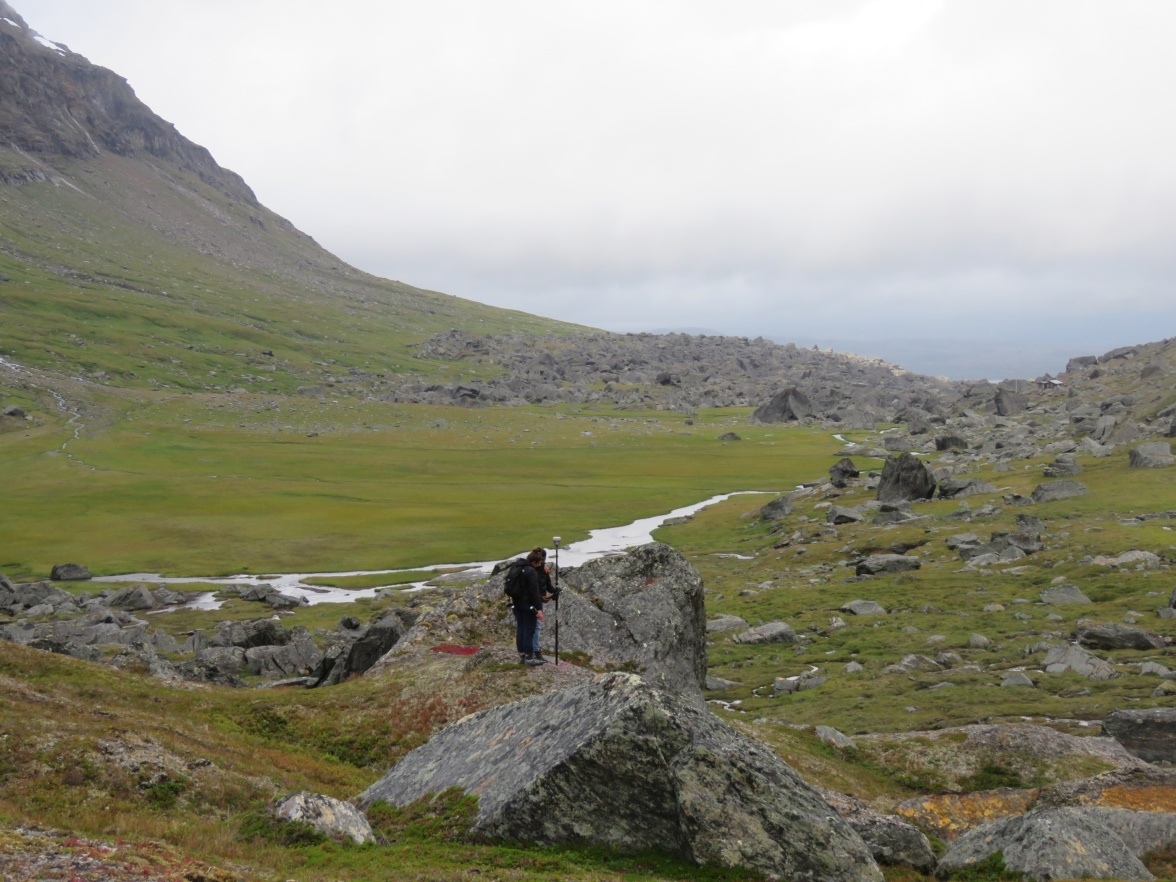Novel method to avoid accidents tested at Grimsö
The field work this spring has started several weeks earlier than usual due to the lack of snow at Grimsö Wildlife Research Station.
The field work this spring has started several weeks earlier than usual due to the lack of snow at Grimsö Wildlife Research Station.
During the last month, work on a new Greenhouse Gas (GHG) flux system was finalized at Svartberget Research Station. The new infrastructure is located at Kulbäcksliden. After some fine-tuning and small modifications the system is now up and running.
The Erken Laboratory has monitored the duration of ice cover of lake Erken since the 1940s. The data shows a strong decrease in the average duration of ice cover over time. This year, in particular, the situation is special as the lake has so far only been frozen for 5 days this winter. If the situation remains like this, it would be by far the shortest duration of ice cover since the start of measurements.
Spring came early this year to Lönnstorp Research Station. The weather this "winter" has been characterized by rain, high temperatures and strong winds. If it continues to be warm, spring operations will start in a few weeks.
Electric van and high speed internet at Lönnstorp Research Station
The year 2020 has started with high levels of precipitation especially in the south of Sweden. Together with relatively few days of sub-zero temperatures this has led to high discharge in streams and rivers. Several of the rivers in southern Sweden have been reported to flood their surroundings to various extent.

RTK measurements performed by researchers from Luleå University of Technology in Kärkevagge, Swedish Lapland. Picture: credits GAS.
Röbäcksdalen Field Research Station welcomes new staff to strengthen their team. First person to support the team is researcher Julien Morel, who is specialised in remote sensing and has a lot experience in running the equipment in the Spectral Lab at Röbäcksdalen. From 2020 on, Julien will be a support for researchers who want to use the Spectral Lab.
In order to raise awareness of the value of wetlands for humanity and the planet, the Wetland Convention was adopted on February 2nd, 1971. On February 2nd the year after it became "World Wetlands Day".
The Rabot Glacier, situated on the western side of the Kebnekaise massif, is now included in the World Glacier Monitoring Service (WGMS). The glacier has been continuously monitored by Tarfala Research Station since 1981. To qualify as a reference glacier the mass balance data series of the glacier must be longer than 30 years.
A new monitoring series based on photos from wildlife cameras (‘camera traps’) was initiated at Grimsö Wildlife Research Station in 2019. Wildlife cameras are now in use at 32 survey plots where additional data on both wildlife and vegetation are collected. Camera traps have become a common tool in wildlife management and research worldwide and are also frequently used by the general public (partly due to simplified permission procedures). Greater understanding of how to use and interpret camera-based data is therefore important.